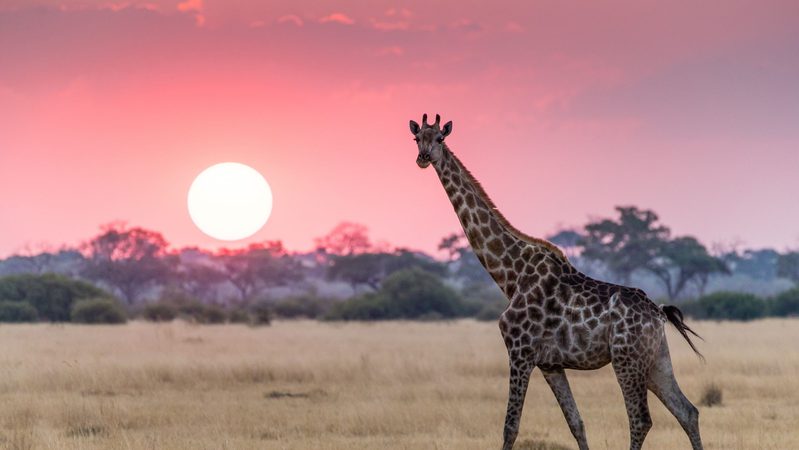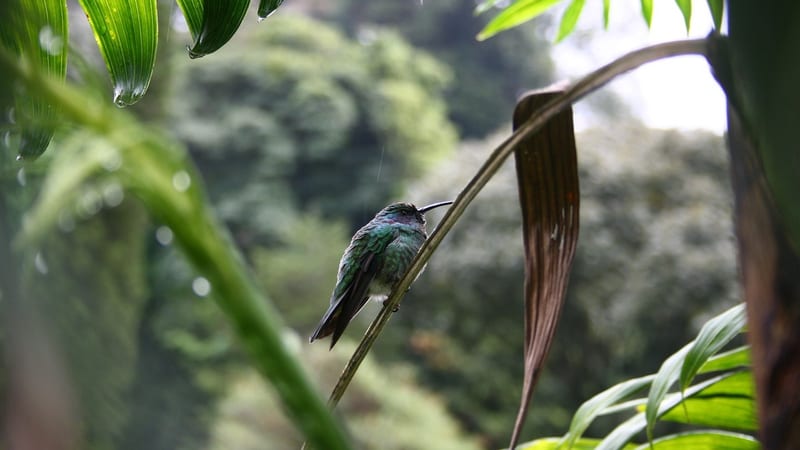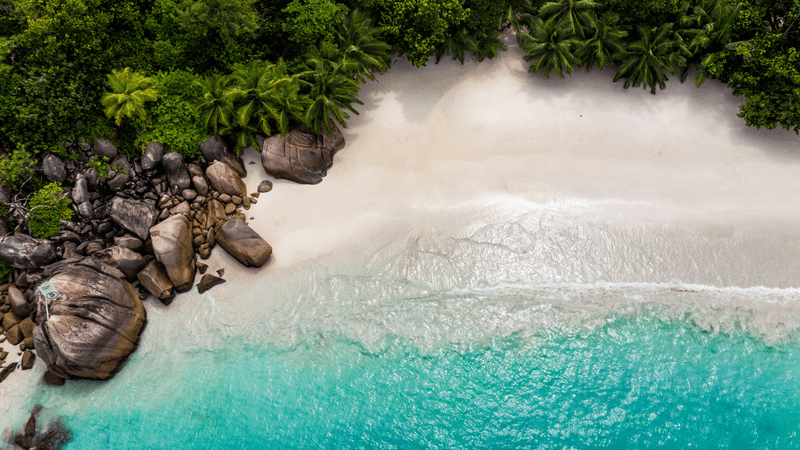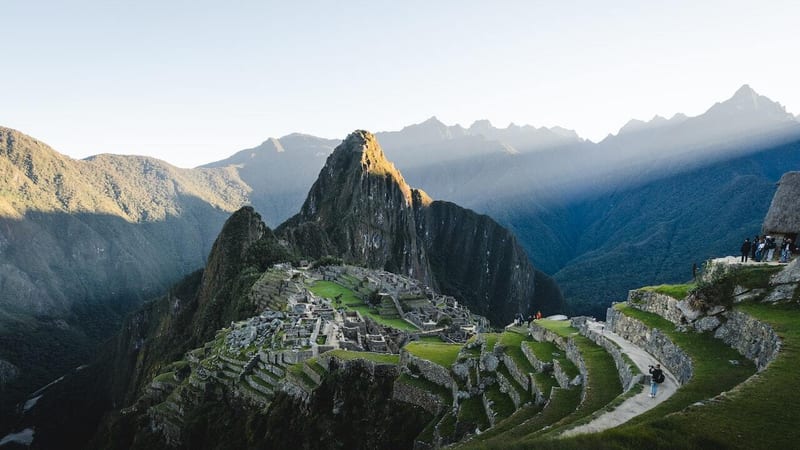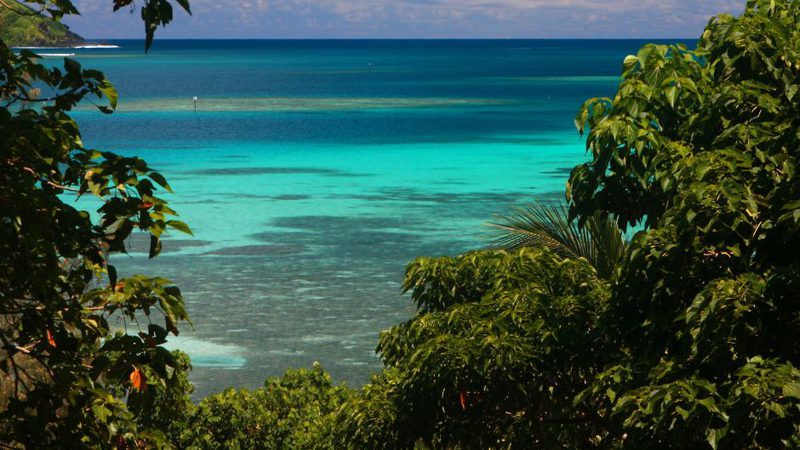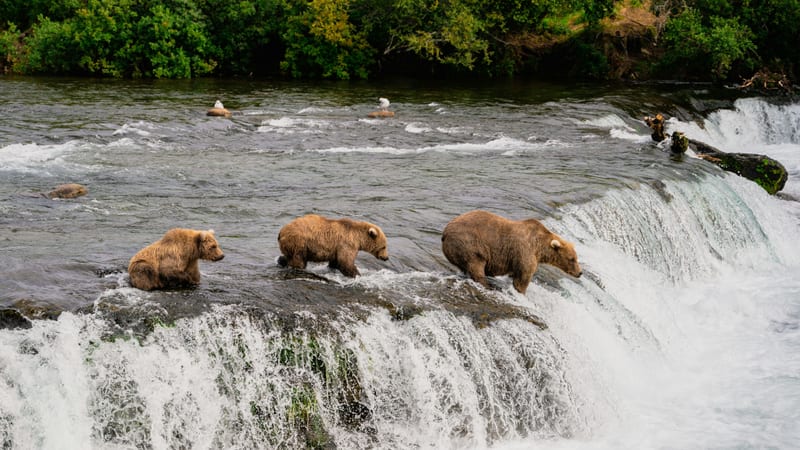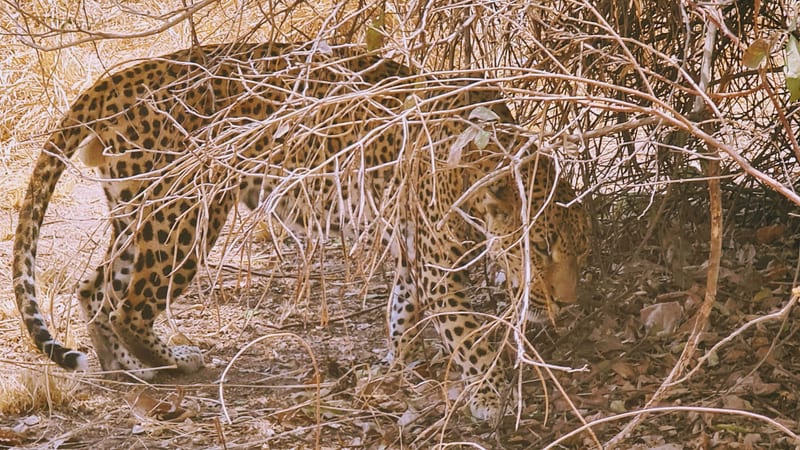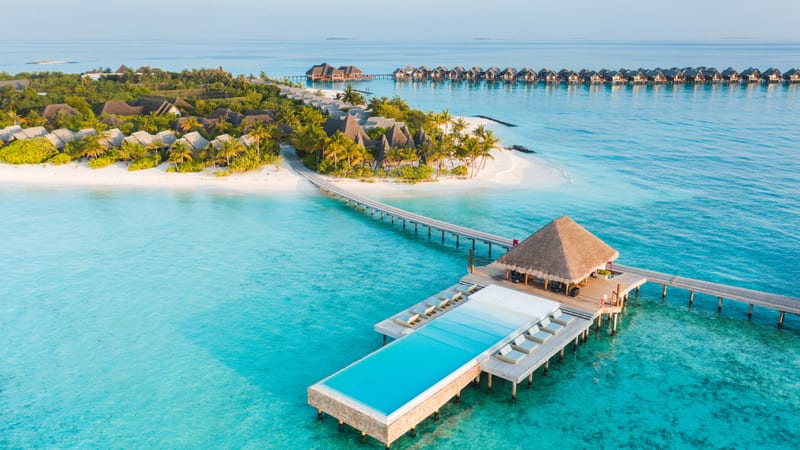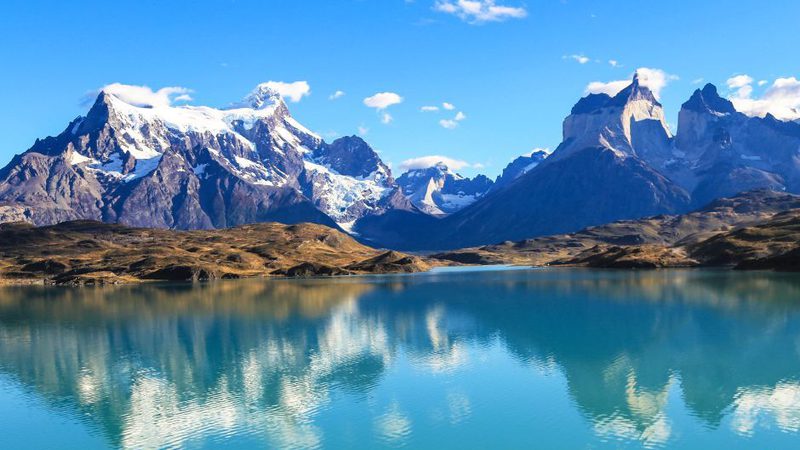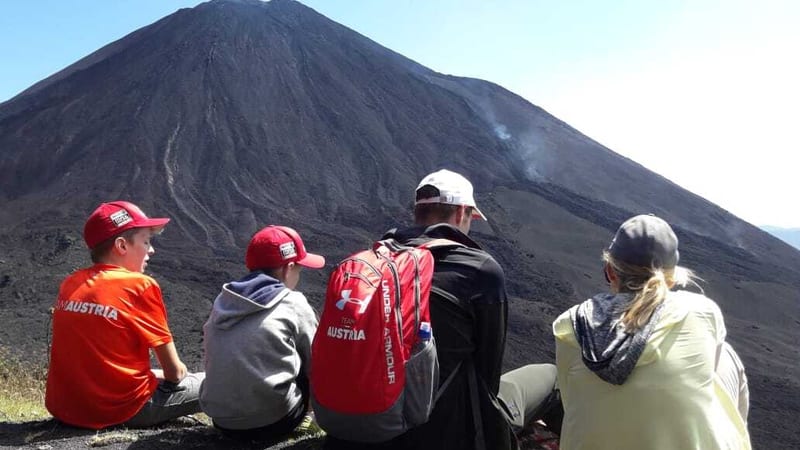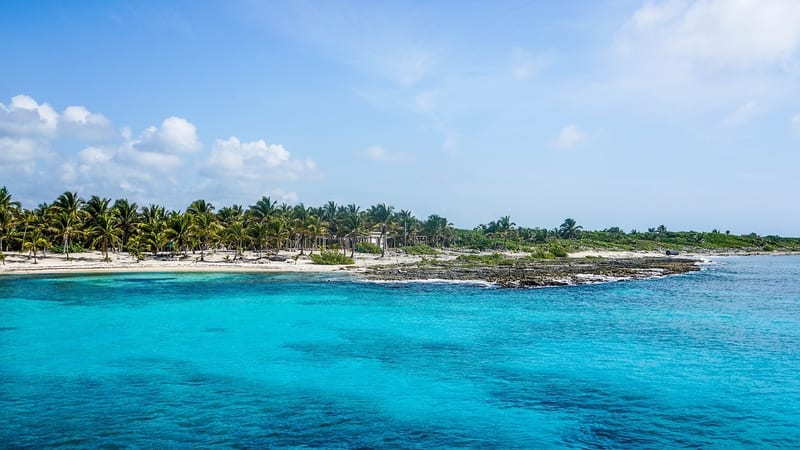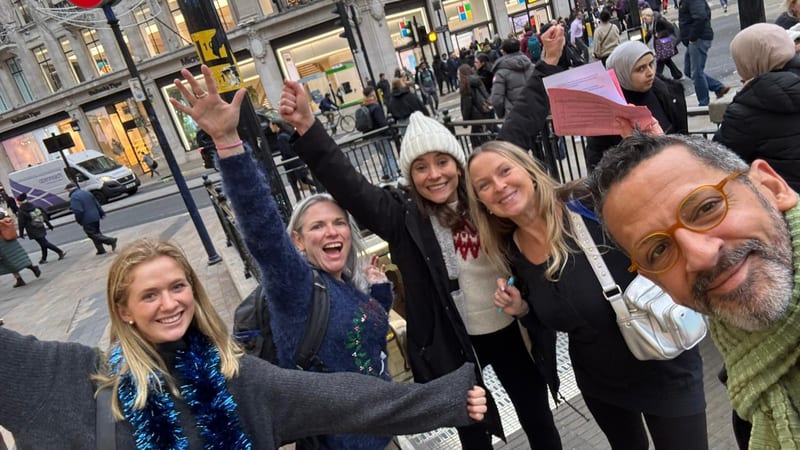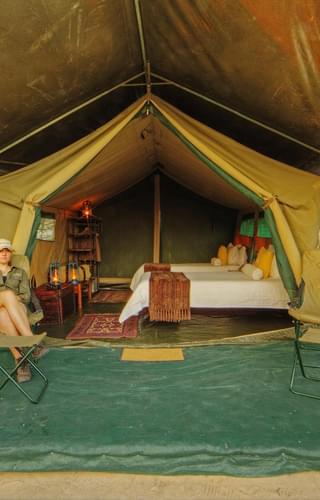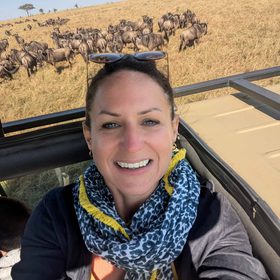The territory that you tread does not have any roads or tracks, so your safari is truly off the beaten track.
LOCATION: Footsteps Across the Delta lies in a private concession in the heart of the Okavango Delta, one of Botswana’s most untouched and diverse wilderness areas. This remote camp is entirely off the beaten track, with no roads or permanent infrastructure, allowing guests to explore the delta in its purest form. Open seasonally from March to November, Footsteps is designed for adventurous travellers aged 16 and over who want to experience the bush on foot and understand its rhythms up close.
ROOMS: Hosting a maximum of six guests, the camp offers three twin-bedded Meru-style tents, one of which can convert into a family unit sleeping up to five people. Each tent includes an en-suite bathroom with a flush toilet, wash basin, and traditional bucket shower filled with hot water on request. Simple, insect-proof and thoughtfully designed, the tents reflect the spirit of early explorers while providing all the comfort you need after a day of walking.
AMENITIES: A central mess tent forms the heart of camp, where guests gather for meals prepared by the bush chef. There’s also a small game-viewing platform and a campfire under the stars, the perfect spot to share stories from the day’s walk. A private airstrip ensures easy access, while the team provides a personal level of care including daily laundry and hot water whenever required.
ACTIVITIES: This is first and foremost a walking safari, guided by highly skilled walking specialists who bring the delta to life. Each day focuses on exploration and discovery, tracking fresh spoor, learning about wildlife behaviour, and understanding the intricate balance of this remarkable ecosystem. Depending on conditions, guests can also enjoy mokoro excursions through the waterways, day and night game drives, and seasonal fishing. With no roads or fixed routes, every safari is truly off the beaten track.
SUSTAINABILITY: Footsteps Across the Delta follows a light-footprint approach, maintaining the ethos of classic mobile safaris. With no permanent roads and a small number of guests, the camp operates in harmony with its environment. Every element, from its temporary structure to its guided walks, is designed to protect the fragile delta ecosystem while giving guests an authentic and responsible safari experience.
Best places to stay in Okavango Delta
Okavango Delta Trip Inspiration
When to visit Botswana
Find out the best time to visit Botswana with our month by month guide.
- Best
- Good
- Mixed
- Jan
- Jan
- Feb
- Mar
- Apr
- May
- Jun
- Jul
- Aug
- Sep
- Oct
- Nov
- Dec
January
January is the heart of the wet season, with heavy downpours usually in the late afternoons, which is a great excuse to watch the storm from the luxury of your camp or lodge. Much of the wildlife is still there it may just take a little longer to find as its more dispersed due to the surrounding surface water. This time of year is hot, and aside from the rainshowers it's sunny. This is the best time to see the Zebra and Wildebeest migration as well as large flocks of flamingos down in the Makgadikgadi Salt Pans. Rates are lower during the wet season.
January
January is the heart of the wet season, with heavy downpours usually in the late afternoons, which is a great excuse to watch the storm from the luxury of your camp or lodge. Much of the wildlife is still there it may just take a little longer to find as its more dispersed due to the surrounding surface water. This time of year is hot, and aside from the rainshowers it's sunny. This is the best time to see the Zebra and Wildebeest migration as well as large flocks of flamingos down in the Makgadikgadi Salt Pans. Rates are lower during the wet season.
February
February is also one of the warmer months, and is defined by both sunshine and heavy storms, which making it another great time for photography. It's now that the Central Kalahari begins waking up, with herds of game coming to graze the lush grassland. Again the peak migration should be in the Makgadikgadi now with large herds of wildebeest and zebra in the area. Game viewing is still great in many areas of the Okavango Delta with many of the dried camps on the western side top choice.
March
The wet season slowly comes to an end, leaving hot, drier days. There is still some rain, but only for short periods during the afternoon. Enjoy the green scenery and the lower accommodation rates. Towards the end of March the wildlife in the Central Kalahari really begins to pick up as large numbers of plains game head in the pans and Valleys. This is a great time of year to combine the Central Kalahari and Okavango Delta.
April
April is a fine month to visit Botswana, as the nights become cooler and sleeping is easier. Breeding season is underway for plains game, so keep an eye out for the clashing males attempting to woo the females out on the savannahs. Along with the breeding season comes more predator activity as the young animals are easy pickings. This is peak game viewing time in the Central Kalahari Game Reserve making it an integral part of any itinerary.
May
With the rainy season at an end, the temperature falls, making bush excursions more pleasant. Nights can be a little chilly, so you'll probably need an extra layer if you're heading out on an evening game drive. Skies become clearer and there are fewer mosquitoes. This is one of our favourite months to travel and also marks the final month before the peak season rates kick in in most camps.
June
June is the middle of winter in Botswana, and is one of the best times to visit the country. Days are pleasantly warm, and nights are spent tucked up cosily in your camp or lodge. Wildlife becomes concentrated around waterholes making it easier to spot. This is a great time to visit the Okavango Delta, Moremi and Chobe.
July
With warm sunny days, and cool nights, July is the perfect time to be in Botswana. Although this is the dry season, it's a great time to enjoy a traditional mokoro canoe trip as floodwaters begin to rise in the Okavango Delta, flowing down from the highlands of Angola.
August
The temperature begins to rise again in August, but it's still a superb time for game viewing, and the Makgadikgadi Pans are now accessible through until October. Water is now scarce in many of the parks, making game viewing easy. It's a good time to visit Savute and Linyanti.
September
Days in September are hot with sunny blue skies, and the nights are no longer cold. It does get quite dusty out in the bush thanks to many months without rain, and game viewing is excellent as predators and prey alike hunt to find water.
October
October is warmer, and safari activities take place during early mornings and late afternoons to avoid the worst of the heat. This is one of the final month before the rains come and the ground is at its driest making for exceptional game viewing. If you don’t mind hot days this is one of the peak game viewing months
November
November remains hot, but the rains return mid-month, bringing the plains and forests back to life. If you want to see young animals being born and lots of predator action, this is the month to come. With rates dropping in November and the rains often falling later on in the month, the first 2 weeks of November are a very popular time to travel. It also ties in nicely with the great weather in Cape Town and the Garden Route.
December
The rainy season is now in full swing with often short heavy downpours in the evening, days are still mostly sunny. Landscapes are lush, and there is plenty of wildlife activity as the newborns flourish.

